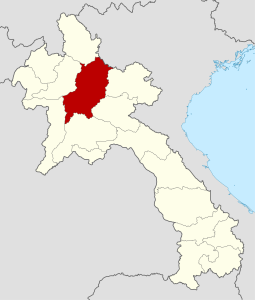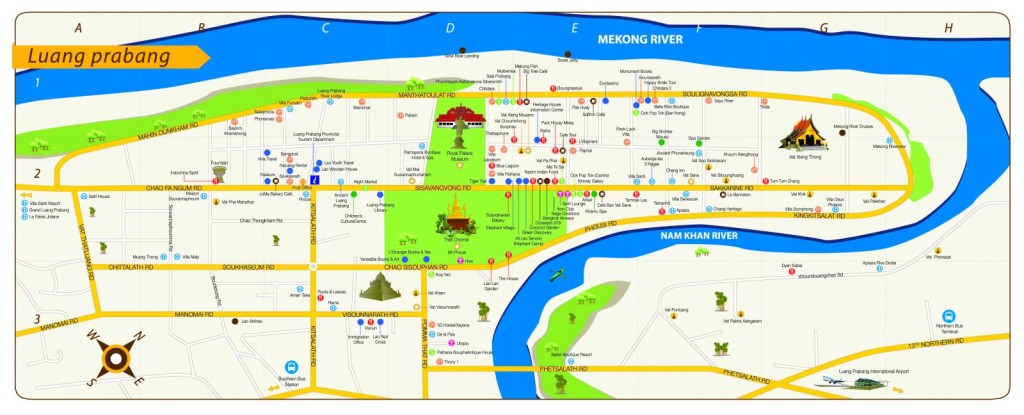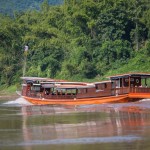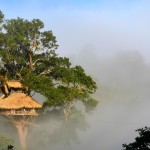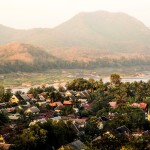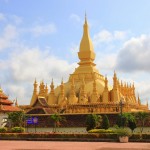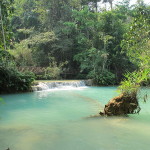Located: Northern Laos (Northern Provinces)
Total area: 16,875 square kilometers
Population: 447,541
12 Districts: Luang Prabang, Xieng Ngeun, Nan, Pak Ou, Nambak, Ngoi, Pakxeng, Phonxay, Chomphet, Viengkham, Phounkhone & Phonthong
Capital of the province: Luang Prabang
Situated in the centre of northern Laos, Luang Prabang is classified as a UNESCO World Heritage Site for its outstanding cultural, historic and architectural values and its harmonious relationship between the natural and built environment. In the 14th century, the King Fa Ngum founded the first Lao Kingdom, Lane Xang, here in Luang Prabang. Luang Prabang remained the capital of Lane Xang until 1565 when the capital was moved to Vientiane. It remained to serve as the country’s spiritual and religious centre.
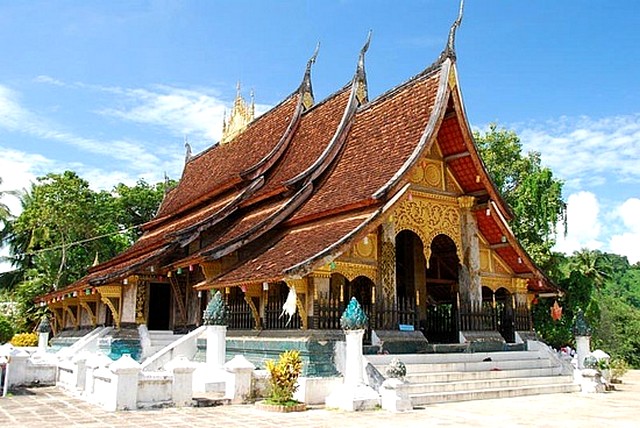
Visitors to Luang Prabang are charmed by the friendly atmosphere of this small town. The town itself offers several unique insights into the history of the region, through excellently preserved Buddhist temples, museum and a variety of Lao, Tai-Lue, Burmese, Chinese and Tai architecture at the Night Market. Luang Prabang sells a large variety of traditional goods. The town is famous for its unique textiles and beautiful mulberry paper. Famous foods in Luang Prabang are ‘Aur Lam’ (a thick stew made with the forsted herb), ‘Sakhan’, (meat and eggplants), ‘Jaew Bong’, (a sauce made with hot chillies and buffalo skin) and ‘khai Pan’ (dried river weed lightly fried with sesame seeds and garlic).
Some of the most visited sites in Luang Prabang Town are Wat Xieng Thong, Mount Phou Si, Wat Visounnarath, (the former Royal Palace) and Wat Manolom. Equally beautiful are the lesser known temples across the Mekong River in Chomphet District. You can take a 1.5 hour walk through the hills and forest opposite the main town to explore the old temple sites and peaceful environment. Just outside of the main town are the beautiful Tad Kwang Si Waterfall, Tham Ting Caves, Ban Xang Hai Village and the tiered waterfall Tad Sae. Further out is Muang Ngoi Kao, a quiet village located on the banks of the Nam Ou River surrounded by high karst mountains and sheer limestone cliffs. You can visit these sites on your own or use the services of one of the many tour operators based in town.
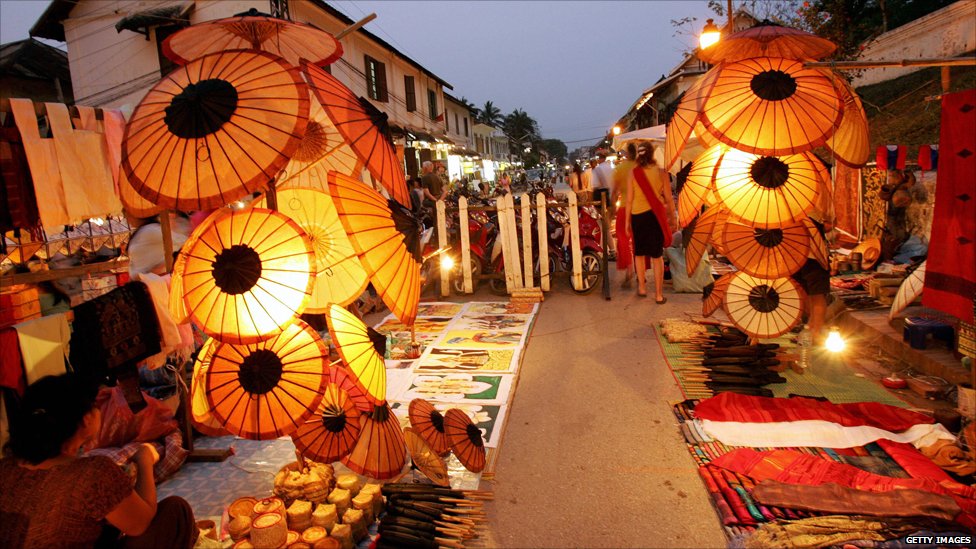
Luang Prabang celebrates all of the major Lao festivals in style. The largest, Pi Mai Lao or Lao New Year takes place officially from 13-15 April, but in Luang Prabang the festival often lasts a full week with a trade fair, ‘Miss Lao New Year’ contest, parades and religious ceremonies. In late December Hmong New Year is celebrated. This is a time where the Hmong show off their finest traditional clothing, hold musical performances and other cultural ceremonies. In Luang Prabang, the annual boat races are held in late September, one month earlier than Vientiane and most other places in the country.
While in Luang Prabang, you may observe the morning alms giving ceremony, where monks walk through town in single file carrying their alms bowls to give laypeople the opportunity to offer alms and gain merit. Offerings by the people are usually comprised of sticky rice, fruit or simple traditional snacks. Know as ‘Binthabat’ in Lao, this is a sacred religious ceremony. Tourists may participate in and photograph the ceremony, however, the people of Luang Prabang, especially the monks, ask that this is done is a respectful way and visitors do everything they can not to disrupt this ancient tradition.
Luang Prabang History
Archaeological evidence suggests that Luang Prabang has been inhabited since at least 8,000 BC. The first Laos Kingdom, Lane Xang, was founded here in the 14th century by King Fa Ngum after he conquered and unified the lands of modern-day Xieng Khouang , the Khorat Plateau and Luang Prabang. The city was first reffered to as Muang Swa and by 1357 the name was again changed to Muang Xieng Dong Xieng Thong by local inhabitants. Shortly thereafter, King Fa Ngum accepted a golden Buddha image called the Pha Bang as a gift from the Khmer monarchy and the thriving city-state became known as Luang Prabang. Luang Prabang was the capital of Lane Xang until moved to Vientiane in 1545 by King Setthathirath (although Luang Prabang remained the country’s main religious centre). The city’s first contact with western emissaries occurred in the mid 17th century during the reign of King Surigna Vongsa. After his death in 1694, Lane Xang broke up into three separate Kingdoms; Vientiane, Champasack and Luang Prabang.
By the late 19th century Luang Prabang was under attack by marauding Black Flag bandits who destroyed many sacred Buddha images, temples and historical documents. Under King Sisavang Vong (1904-1959) a number of restoration and beautification projects were launched, many of which are still evident today. French influenced buildings began to appear in the later 1800’s, adding to the mixture of Lao, Tai-Lue, Burmese, Chinese and Tai architecture.
Luang Prabang is rich in cultural heritage, and is known as the seat of Lao culture, with monasteries, monuments traditional costumes and surrounded by many types of nature’s beauty.
In 1995 UNESCO declared Luang Prabang a World Heritage Site. This distinction confirms, through the concerted action of local, national and international authorities, a real motivation to preserve this wonderfully serene city. The title is justified not only by the many beautiful temples in Luang Prabang, but also by its traditional wooden dwelling, the old colonial style houses and the natural environment that encases it in a perfect harmony of plant and stone.

